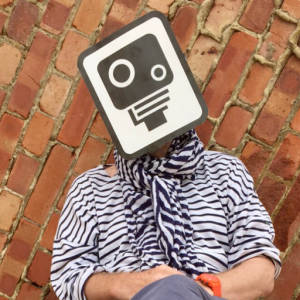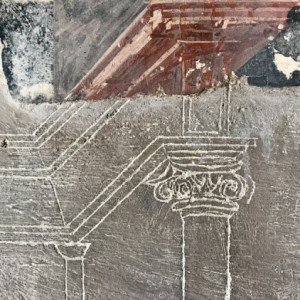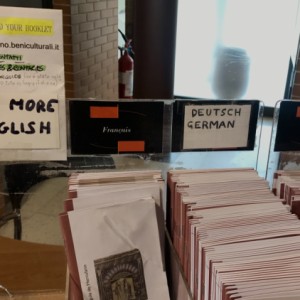Napoli. Day Six
AD79 had not been a good year for the Roman Empire - the conquest of Britain was complete and they were regretting it already, while at home Rome was just recovering from the Great Fire when Vespasian died suddenly, the fourth Emperor to go in a year ! Crowning all of this, Vesuvius blew it's top, destroying everything in its shadow.
Bad times.
1,940 years later WonderA and I were walking the streets of Herculaneum, amazed by the elegant buildings and exquisite fragments of mosaic and mural, the sole survivors of this small, once-booming seaside town, inundated by a pyroclastic surge of super-heated gases and molten larva.
This hell-on-earth eruption vacuum-sealed the scorched town under 20 metres of volcanic ash until intrepid 19th century archaeologists began an excavation that continues today.
Ironically, this is in a way, the worst thing that could have happened, as exposure to the elements, institutional plunderers and gawping hoards (like us) have significantly degraded that which had been preserved.
It remains a wonder however...we spent the best part of the day walking the streets, arriving at the original shoreline late in the afternoon. Here, sheltering in arched boathouses, were the agonised skeletons of those residents who had hoped to be rescued from the sea, but had been consumed like all else.
While shocking, this encounter worked brilliantly, dramatically reducing the distancing effect of history.
Before we caught the train home, we stopped to feed WonderA's gelato habit, looking up at Vesuvio's crown, just checking there were no signs of life.
Grazie Mille Erculano
PS The main pic is of my favourite mosaic, a domestic fountain niche dedicated to Neptune and his wife Amphitrite.
The second shows the different stages in mural making, the rough sketch outline under the painted surface plaster.
The third, I couldn't help but feel was a bruised response to our dismal Brexit debacle....



Comments
Sign in or get an account to comment.


